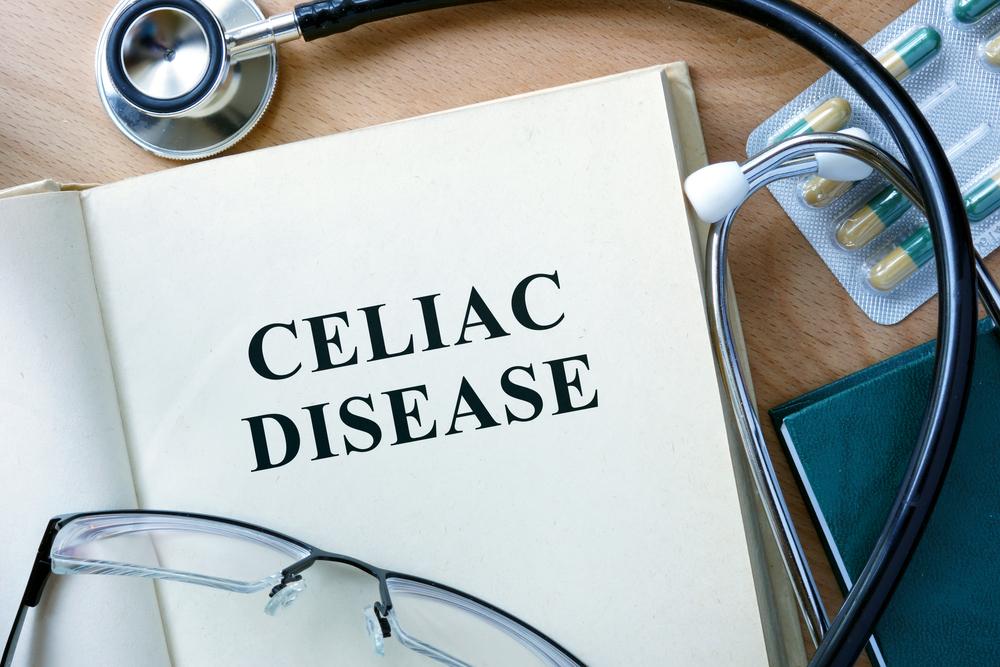Essential Strategies for Preventing and Managing Deep Vein Thrombosis
Discover essential strategies to prevent and manage deep vein thrombosis (DVT). This guide covers risk factors, including lifestyle and genetics, and recommends practical prevention tips such as medication awareness, weight management, regular exercise, and dietary choices like fish intake. Understanding these measures can greatly reduce the risk of DVT and related complications, promoting better vascular health and overall well-being.

Effective Measures to Prevent and Control Deep Vein Thrombosis
Deep Vein Thrombosis (DVT) involves the formation of blood clots within the deep veins of the legs. This condition, known as thrombosis, typically presents symptoms like pain, swelling, and redness. If untreated, DVT can lead to pulmonary embolism, a serious and potentially fatal complication caused by a dislodged clot. Understanding risk factors—ranging from lifestyle to genetic predispositions—is vital for effective prevention. Recognizing and addressing these factors can significantly reduce the likelihood of developing DVT.
Various risk categories include acquired, hereditary, or a combination of both. Implementing preventive measures is essential for at-risk individuals.
Modifiable Risk Factors
Age-related changes, surgical recoveries, certain cancers, inactivity, postpartum period, injury, use of oral contraceptives, and inflammatory conditions can all elevate DVT risk. Monitoring these factors and managing them proactively can help prevent clot formation.
Genetic Predispositions
Deficiencies in antithrombin, protein C, and protein S are inherited conditions that increase susceptibility to clotting. Genetic counseling and testing can aid in assessing individual risk.
Combined Factors
Conditions such as low protein S levels, resistance to protein C, high homocysteine levels, and elevated fibrinogen can contribute to DVT development. Addressing these underlying issues is important for prevention.
Common preventive approaches include:
Medication Management
Avoid excessive use of estrogen-rich drugs like certain birth control pills and hormone therapies, as they can increase clot risk. Opting for non-hormonal contraception methods can lower this risk.
Family Medical History
Understanding your genetic background and family history helps identify individuals at higher risk, enabling targeted preventive measures.
Maintain Healthier Weight
Weight management reduces pressure on veins and improves blood flow, decreasing DVT risk and supporting overall circulatory health.
Stay Active
Regular movement, even simple leg and arm exercises, promote healthy blood circulation. Prolonged immobility can increase clot formation risk, so staying active is crucial.
Dietary Considerations
Incorporating omega-3-rich fish or supplements like fish oil can cut DVT risk by nearly half. A diet rich in such nutrients supports vascular health.










